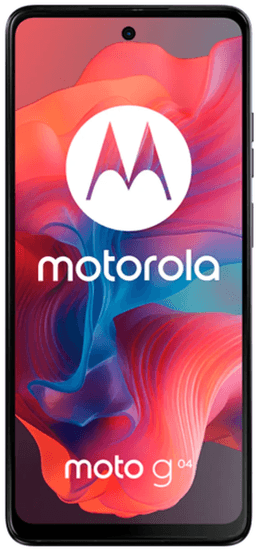- Archive
- Motorola Moto G04 vs Samsung Galaxy F13
Motorola Moto G04vsSamsung Galaxy F13
We compare these two popular phones to help you decide which one fits your needs and budget better.

Quick Stats

Quick Stats
Note: Highlighted specifications show differences between the two devices.
| Metric | Motorola Moto G04 | Samsung Galaxy F13 |
|---|---|---|
| Connectivity | #761 | #680 Winner |
| Design | #232 Winner | #788 |
| Display | #648 | #587 Winner |
| Performance | #727 Winner | #788 |
| Battery | #744 | #711 Winner |
| Camera | #850 | #659 Winner |
Note: Lower rank number indicates a better position in category.
No significant specification differences found between these devices.
Motorola Moto G04
Strengths
Weaknesses
Samsung Galaxy F13
Strengths
Weaknesses
Motorola Moto G04
The Motorola Moto G04 blends a vibrant display, long-lasting battery, and smooth performance for everyday tasks. With dual SIM support and a sleek design, it’s a stylish, budget-friendly choice for casual users.
Samsung Galaxy F13
Samsung Galaxy F13: A budget-friendly powerhorse with an enduring battery, vibrant display, and triple-camera setup for stunning photos—all wrapped in a sleek, durable design. Perfect for everyday use without compromise.
Need help choosing?
Read our detailed reviews to understand which device is better for your specific needs and budget.
Compare other phones
Explore comparisons between any other phones
Choose two different items to see a detailed comparison of their specifications, performance, and features